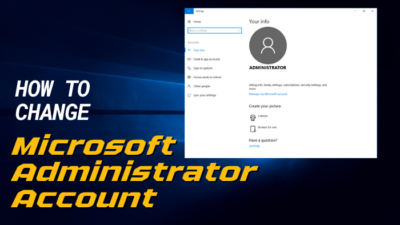While in a hurry, opening an application that takes too much time is inconvenient. But what’s the alternative to save your valuable time?
Luckily, Windows has the option to run an application or service with the Windows startup that you can use without relaunching the application.
So how to view and manage the startup programs on Windows 10? This article will guide you with step-by-step procedures to accomplish that.
Tag Along!
How to View All Startup Programs on Windows 10
You can access startup programs on Windows 10 in different ways. The most accessible way is to use the Task Manager. You can also accomplish the same thing using Windows Settings. In Task Manager, switch to the Startup tab, and you will see all available startup programs.
If you are using Windows 11, you can also enable or disable startup programs effortlessly. Go through the subsequent procedure to view startup programs on Windows 10.
Here are the methods to view startup programs on Windows 10:
1. Use Windows Settings
Windows settings contain almost all configurations and features of the Windows system. And most features can be modified using the Settings menu. Consider the following instructions to view startup programs.
Here are the steps to view startup programs using Windows Settings:
- Click on the Start menu and open Settings.
- Select Apps.
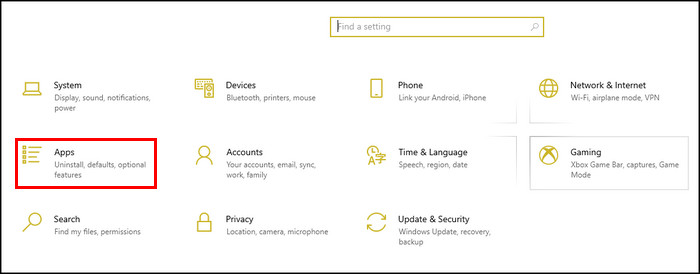
- Choose Startup from the left panel.
- Locate the Startup Apps list.
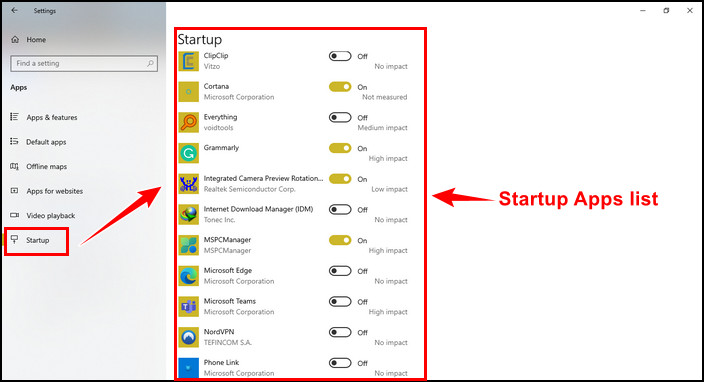
- Toggle on any app to load with Windows startup.
- Toggle off any app to exclude while starting Windows.
In the Startup app list, you can find all the applications that can launch with Windows startup and significantly impact startup. It is possible to access startup apps using Task Manager by following the procedure below.
2. Use Task Manager
Task Manager is the most used program for accessing startup apps, processes, performance, app history, etc. Go through the following instructions to access all startup programs using Task Manager.
Here’s how to access startup programs using Task Manager:
- Press Ctrl + Shift + Esc keys to open Task Manager.
- Click on the down arrow next to More Details.
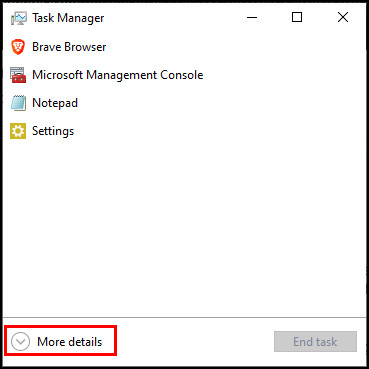
- Switch to the Startup tab.
- Locate the startup programs.
- Click on any app you want to disable at startup and select Disable.
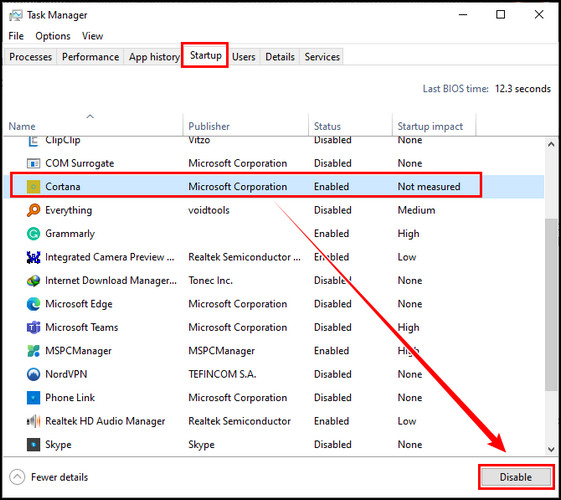
You can see the startup impact of any application and quickie enable or disable them if needed. Moreover, you can also view the current status of any application.
How to Manage Startup Programs on Windows 10
Managing startup programs on Windows 10 is straightforward. Though you can use different methods to enable or disable startup programs, Task manager and Startup Folder is the best tool to accomplish that. You can even see the hidden startup programs using the Startup Folder.
Windows 8 users can easily access and use the startup folder for efficiency. Check the instructions below to manage the startup programs expertly.
Here are the methods to manage startup programs on Windows 10:
1. Enable Startup Programs
There are several ways to enable startup programs. You can allow apps for a startup in Task Manager or Startup Folder. Check the subsequent procedure to allow startup applications from the Startup Folder.
Here is the way to enable startup apps using Startup Folder:
- Press Windows + R, and the Run dialog box will open.
- Type shell:startup in the text box and hit Enter.
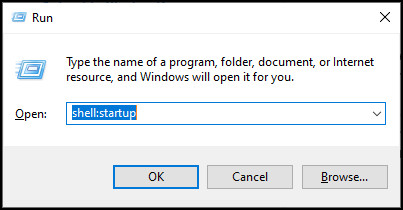
- Paste any app shortcuts in this folder.
The above steps will run the new application or file when you turn on your computer. You can either move the actual program executable file or simply copy the file to the startup folder.
However, creating a new app shortcut is the best way to add programs in the startup folder. You can create an app shortcut by right-clicking on the program file and choosing Create shortcut from the context menu.
2. Disable Startup Programs
Though I have already discussed the disabling process for any application, I will clarify the process a little further in this section.
You can use Task Manager to disable the application with Windows startup. Press Ctrl + Shift + Esc keys, and Task Manager will open.
Once the Task Manager is open, switch to the Startup tab. Locate the application in the list that you want to disable. Right-click on the app and choose Disable from the context menu. 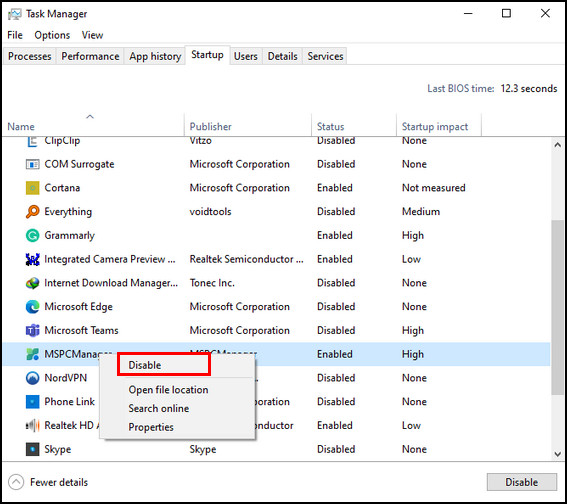
Frequently Asked Questions
How do I see programs that run at startups?
The programs that run with the Windows startup are accessible on Task Manager. To open Task Manager, press Ctrl + Shift + Esc keys, then switch to the Startup tab. Here you will find all programs that run at startup.
How do I find hidden startup programs in Windows 10?
You can access hidden startup programs by using File Explorer. But before that, ensure to enable the Show Hidden Files option. Then navigate to the startup folder, and you will find the hidden startup programs.
How do I remove hidden startup programs?
You can remove hidden startup programs by going to the startup folder while the Show Hidden Files option is enabled. Just select the programs you want to remove and delete them from the startup folder.
Final Thoughts
Running numerous applications with the Windows startup can use a ton of RAM and hamper the smooth user experience of Windows.
Besides, starting the correct application with Windows startup is also essential because it can save you valuable time.
I have covered all possible ways to view and manage all startup programs, including hidden programs. For further queries, leave a comment below.


